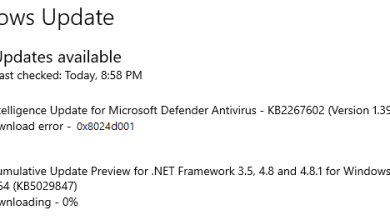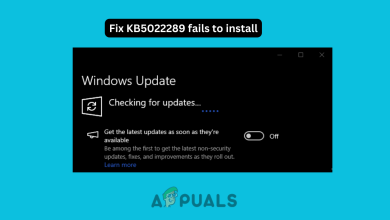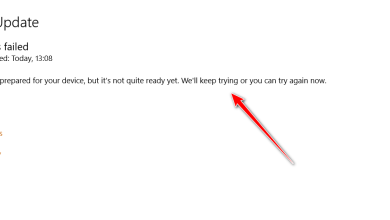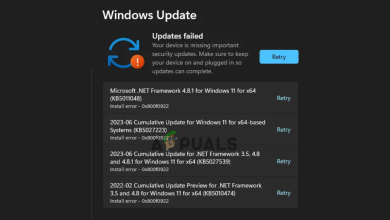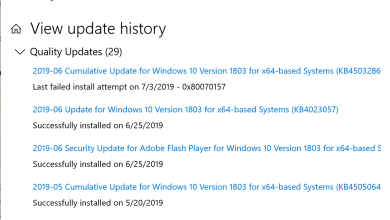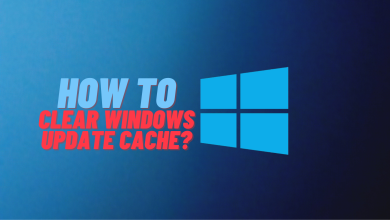How to Fix Errors When Installing Windows Update KB5029244
KB5029244 is a significant Windows update released on August 8, 2023, designed to enhance security and provide other improvements. However, numerous users have encountered errors while installing or downloading this update.

One primary reason for these issues seems to be conflicts between installation files and existing system files. Such complications could arise from mismatched file versions or corrupted existing files. Other potential causes include incomplete or corrupted update downloads and insufficient administrative permissions.
In this article, we will explore several solutions to resolve these problems and ensure that your Windows system is up to date.
1. Run Windows Update Troubleshooter
The Windows Update Troubleshooter is a built-in utility in Windows. Running this troubleshooter should be your first step when addressing Windows update-related issues, as it can resolve many common problems automatically.
- Search for and open the Troubleshoot settings.
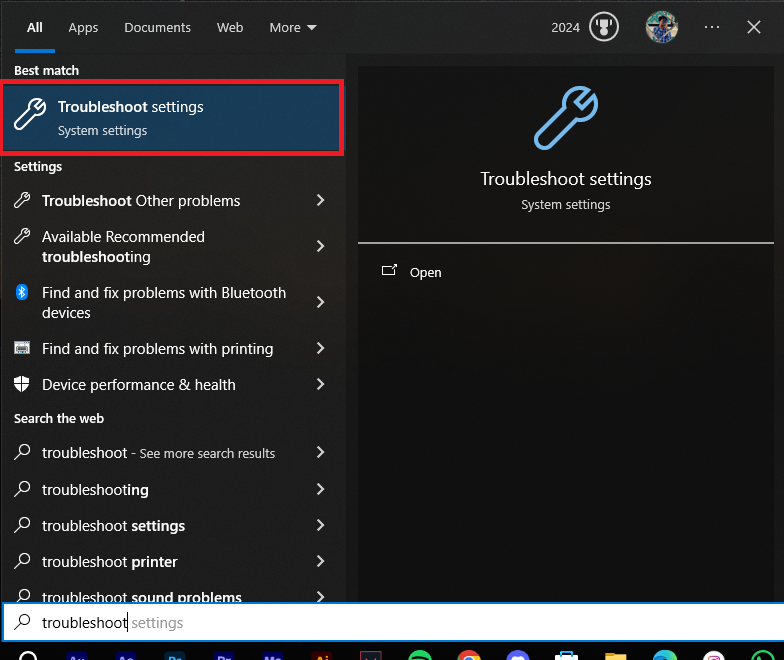
- Click on Additional Troubleshooters.
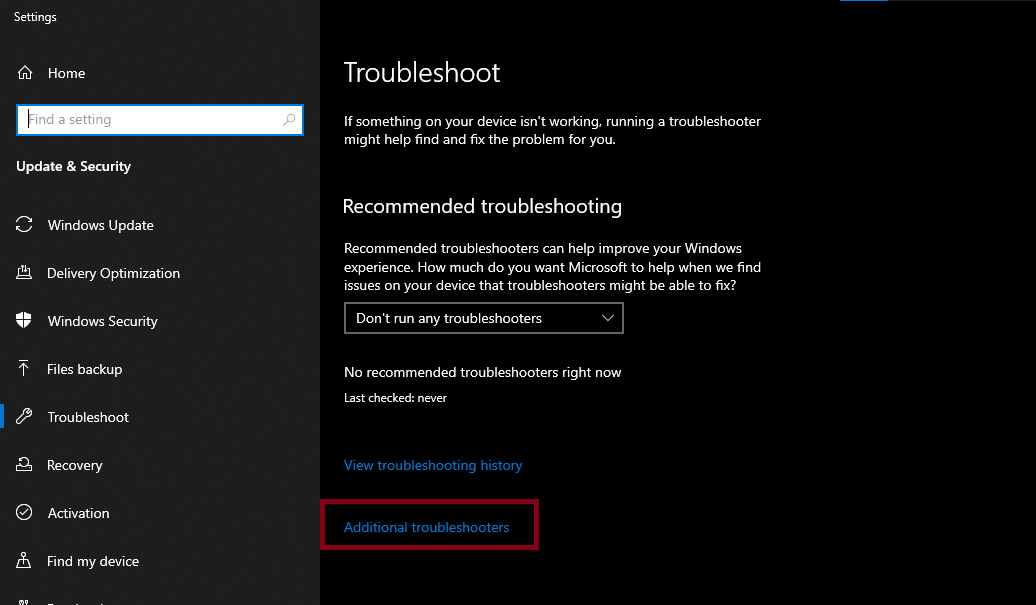
- Select Windows Update, then click on Run the troubleshooter.
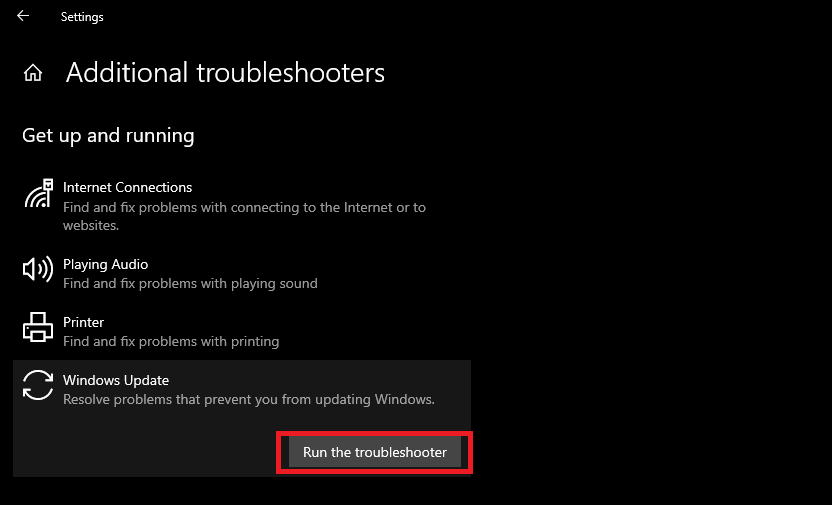
- Follow the on-screen instructions and apply the solutions that are recommended.
2. Restart Update-related Services and Clear the Cache
Update-related services are crucial for the proper installation of updates. Any malfunctioning services can prevent the installation of updates.
To rectify this, we can reset all update-related components to their default settings. We’ve created a batch file to simplify this process, which contains pre-defined commands that will reset the components. Download this file and run it with administrative privileges.
- Download the batch file by clicking here.
- Click on Download Anyway.
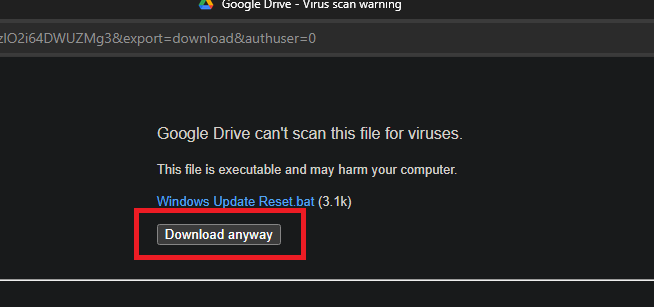
- Right-click the downloaded file, and select Run as administrator.
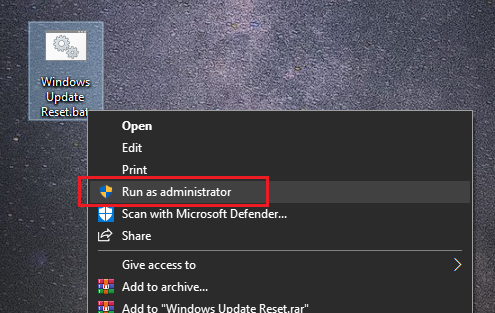
- Click on More info, then choose Run anyway when the security dialog appears.
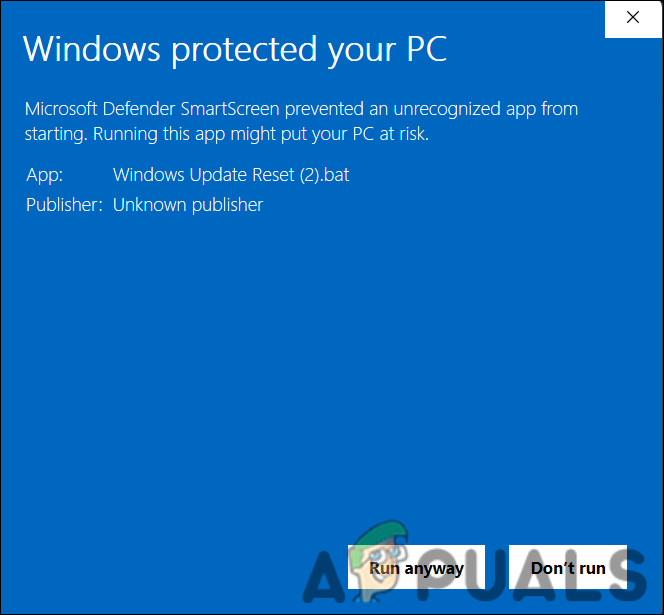
Run the batch file - Click Yes in the User Account Control prompt.
- After the process completes, restart your PC and check if the issue has been resolved.
3. Run SFC and DISM
Corrupted system or Windows update files can cause update failures. Running the System File Checker (SFC) and Deployment Image Servicing and Management (DISM) utilities can help repair and restore corrupted files. SFC scans for and replaces corrupted system files, while DISM can fix system issues and add updates or drivers.
- Open the Search menu, type Command Prompt, right-click it, and select Run as Administrator.
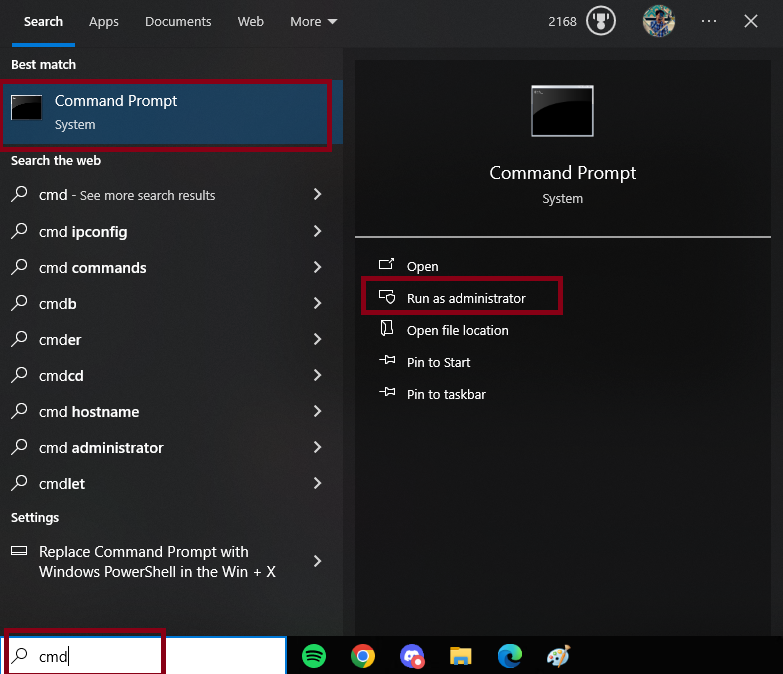
- Enter the following command in Command Prompt:
sfc /scannow
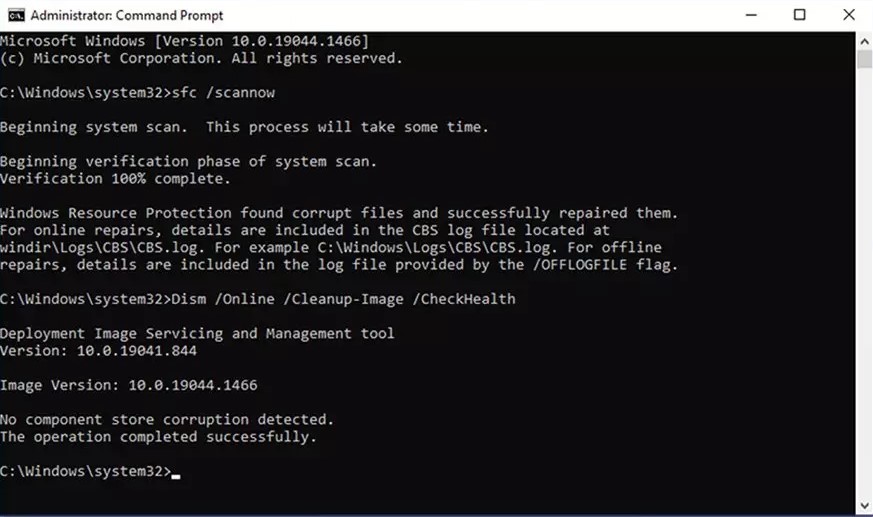
- Restart your PC after the scan completes.
If the issue persists, - Run the following commands in Command Prompt as administrator:
Dism /Online /Cleanup-Image /RestoreHealth
- Close Command Prompt and restart your PC.
4. Media Creation Tool
If none of the above solutions work, the Media Creation Tool can help you update Windows. This tool is utilized to create installation media and allows you to install or repair Windows without interruptions.
For instructions on how to use the Media Creation Tool, refer to our article.
